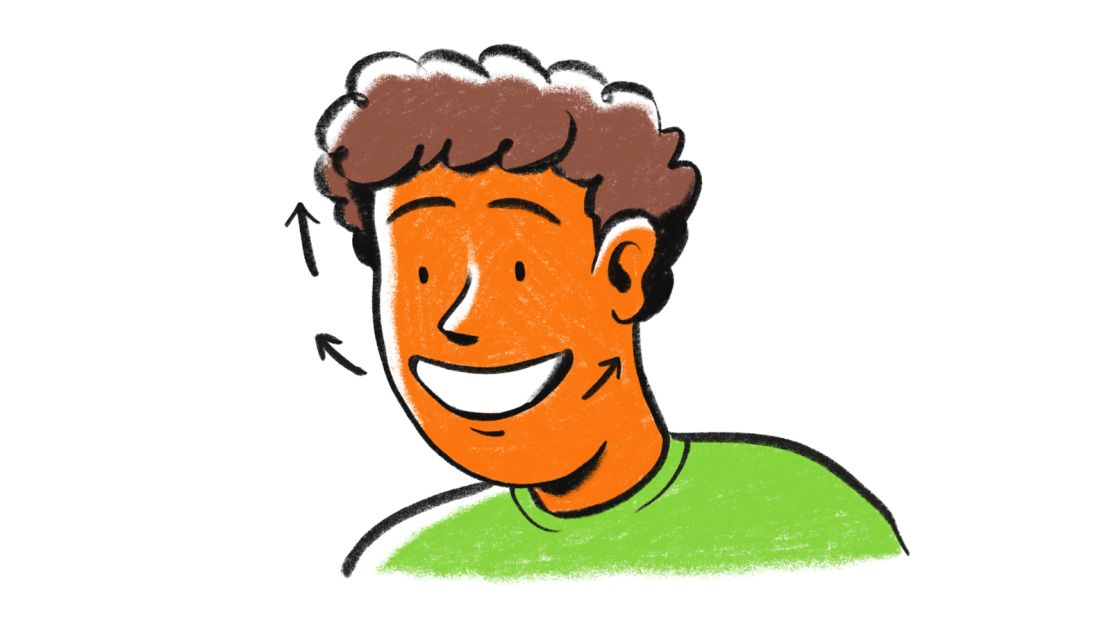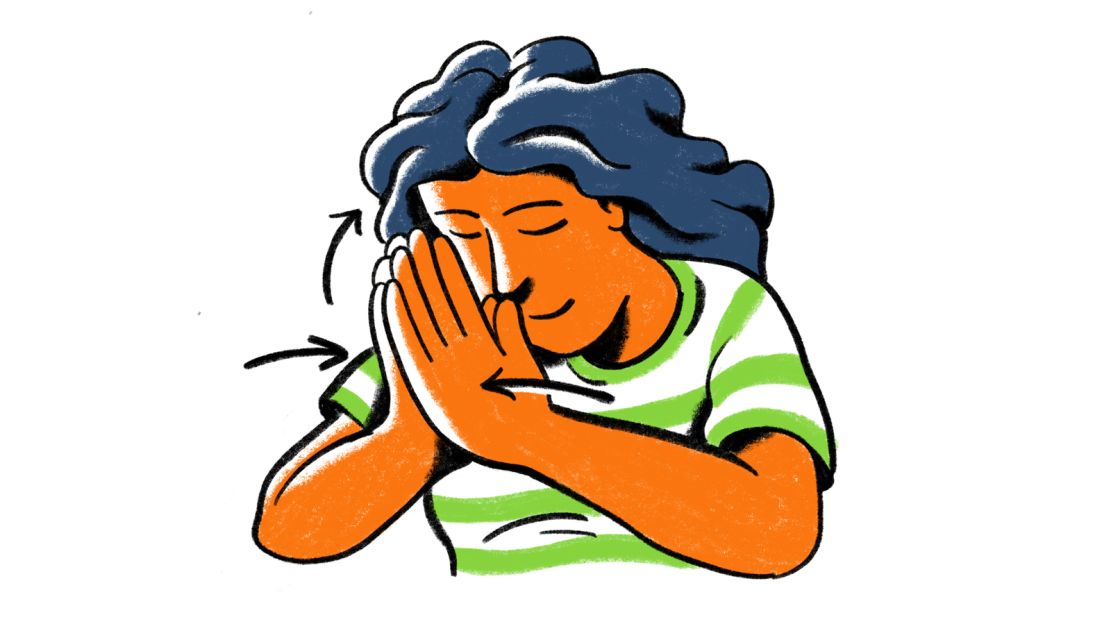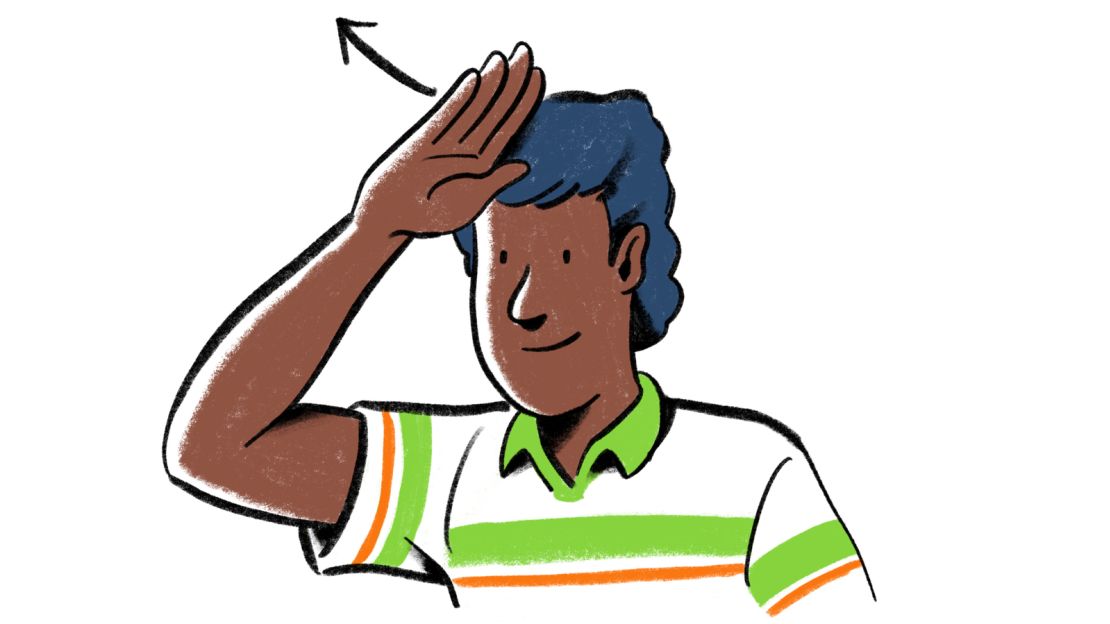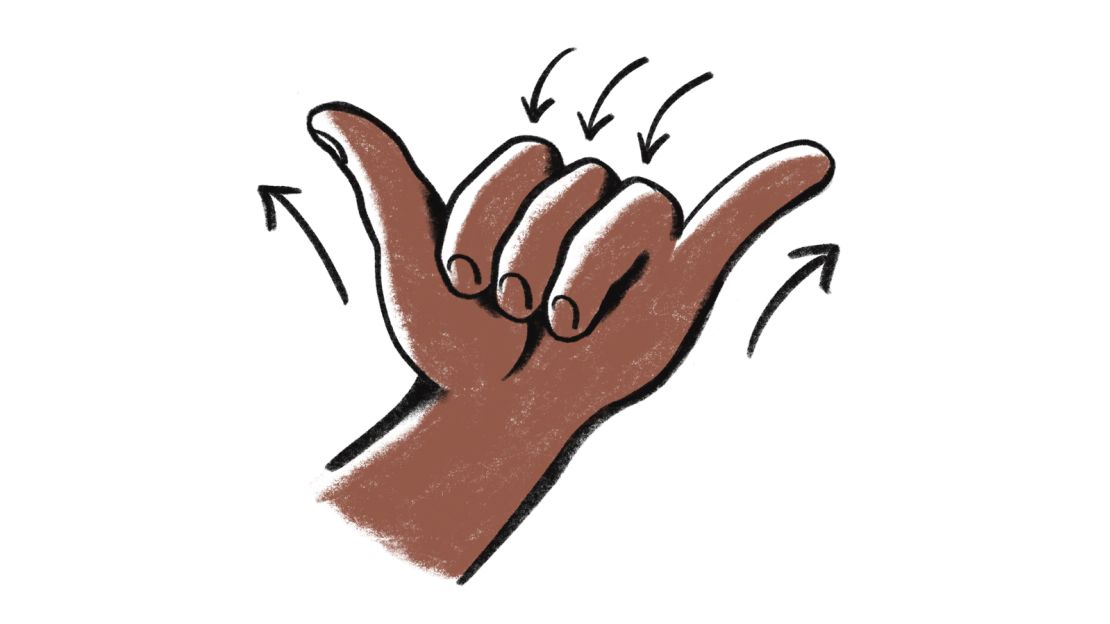Dr. Anthony Fauci has declared the handshake dead. All that close physical contact is just not what you want when there’s a respiratory-borne pandemic going around.
But look around you. The world’s got plenty of alternatives with zero touching and all of the intended warmth.
Namaste

Namaste, a traditional Hindu greeting, means, “The Divine within me bows to the same Divine within you” in Sanskrit, according to the Hindu American Foundation. Clearly, the gesture is a poetic step up from clammy handshakes.
To do it, bow slightly, palms pressed together toward your chest, with your fingertips pointing up.
Raise brows and smile

Don’t say “hello” with your hands – say it with your brows.
The “eyebrow flash” is a touchless alternative in Samoa, the late ethnologist Irenäus Eibl-Eibesfeldt wrote in the collection called “Non-Verbal Communication.”
To do it: Raise your eyebrows and smile at the person you’re greeting.
Wai bow

Several East Asian countries have their own variations of bowing in respect that require zero physical contact – in Thailand, it’s called a wai.
Young people are the ones who wai to people older than them or those they respect, like parents and teachers. Here’s how to wai according to Rawinporn Taechakumput, a Thai tutor with language learning tool ThaiPod101. Bonus points if you keep at least six feet of distance while you do it!
To greet someone you respect, press your palms together near your chest, lower your head and raise your hands until your thumb touches your nose and your index finger touches your head between your eyebrows. Bring your hands to your head while you bow.
To greet an older person or someone your age, do the same, but touch your nose with your index finger instead.
If someone greets you with a wai, you can return it – just place your palms together in front of your chest.
Two claps

Some Zimbabweans, particularly those who belong to the Shona ethnic group, follow handshakes with two claps each, said Dave Mutasa, a professor of the Shona language at the University of South Africa.
Typically, when two people meet, they shake hands before clapping. We’re skipping that step now, so Mutasa offered a pandemic-friendly alternative.
When two people meet, the first person asks, “Mhoroi Makadini?” (This means “Greetings, how are you?” in Shona, the dominant language in Zimbabwe). Then, this person claps. The other person responds (usually with “Ndinofara,” which means “I am fine” in Shona) and claps in return.
Hand over heart

Popular in predominantly Muslim nations, bringing your hand to your heart is a respectful way to greet someone you’ve just met who isn’t accustomed to your touch.
What’s more – World Health Organization Director-General Tedros Adhanom Ghebreyesus said he uses this greeting in place of pesky elbow bumps (those put you within less than six feet of the person you’re meeting).
Sign language wave

To say hello in American Sign Language, bring one hand to the top of your forehead as though you’re about to salute, then flick your wrist away from your head like a small wave.
Shaka sign

Before surfer dudes adopted it, the shaka sign was a symbol of gratitude and friendship.
According to the Honolulu Star-Bulletin, it originated with a Hawaiian man named Hamana Kalili, who lost his three middle fingers in an accident at an Oahu sugar mill. The shaka sign became a symbol he used to communicate with his coworkers as a security guard.
To show your own shaka, curl your three middle fingers and extend your thumb and pinky finger. You can shake your hand back and forth, knuckles facing out, for emphasis.
